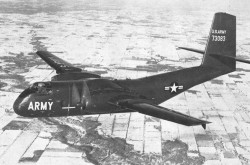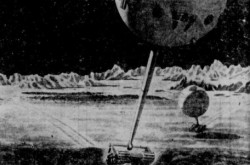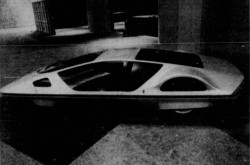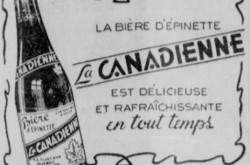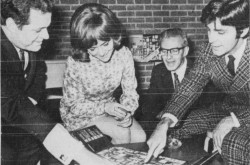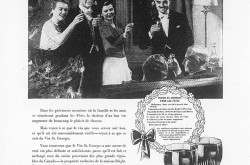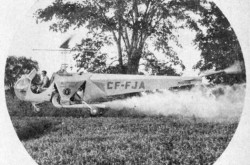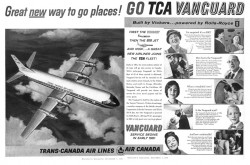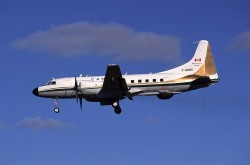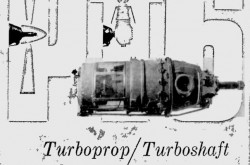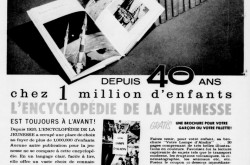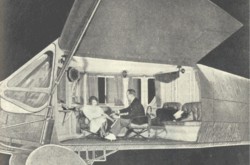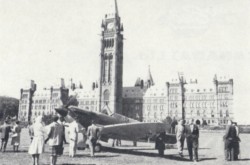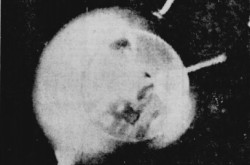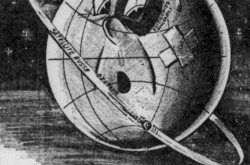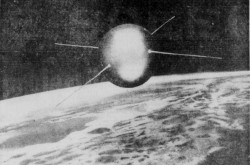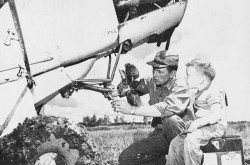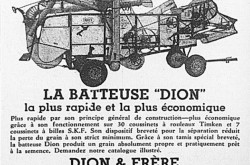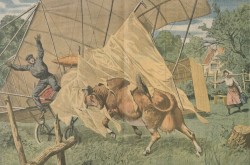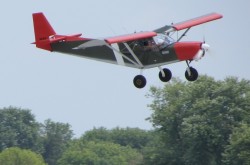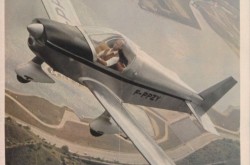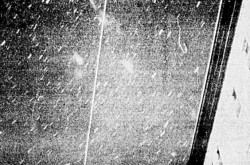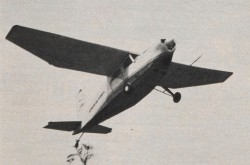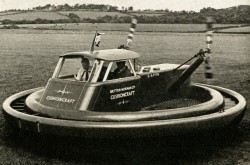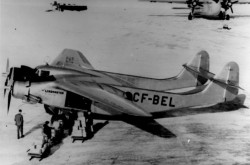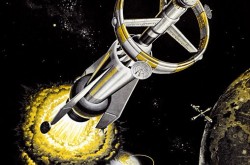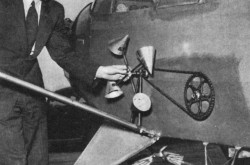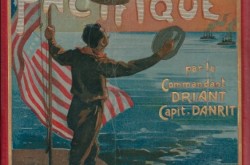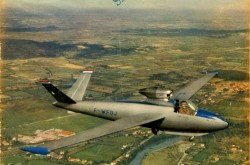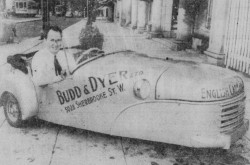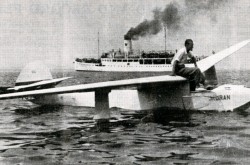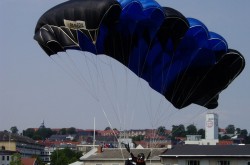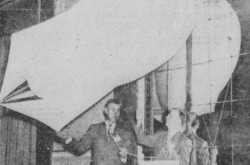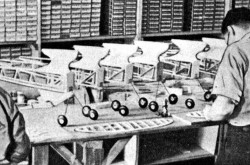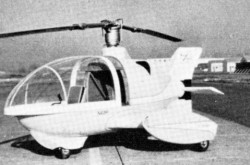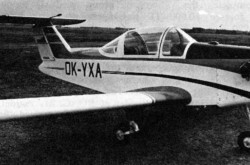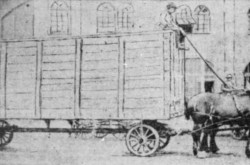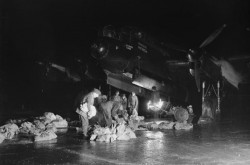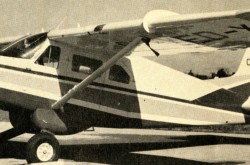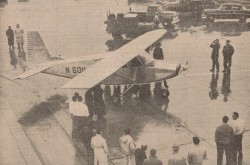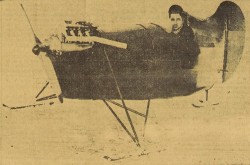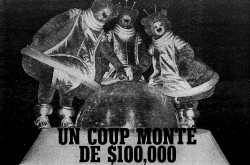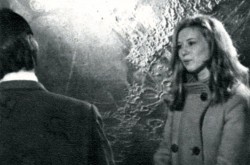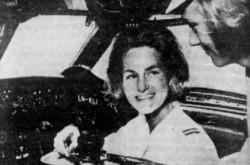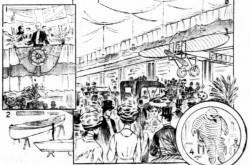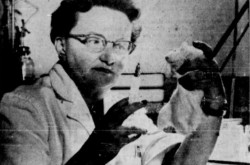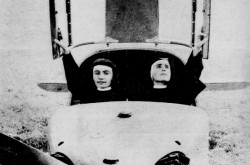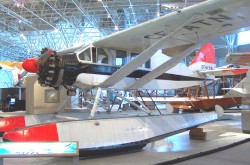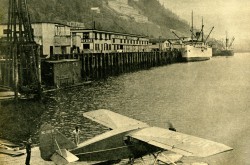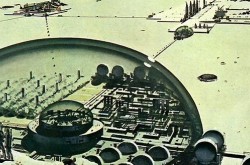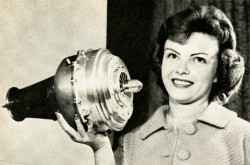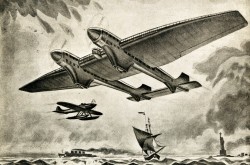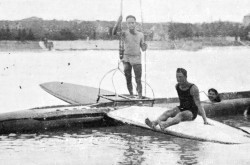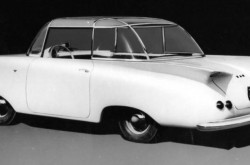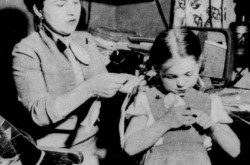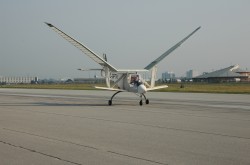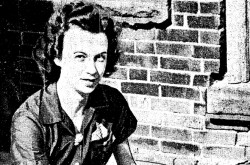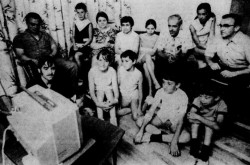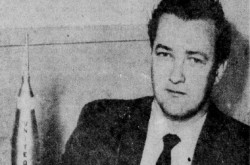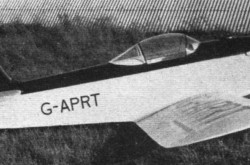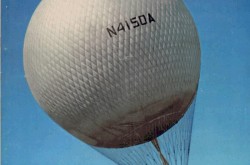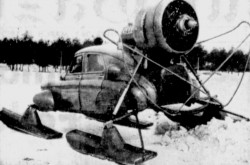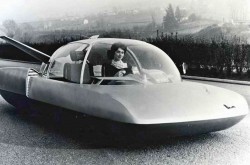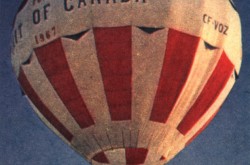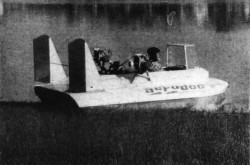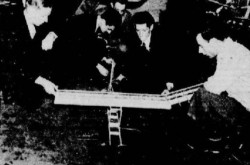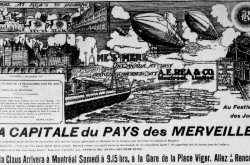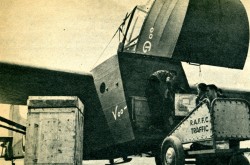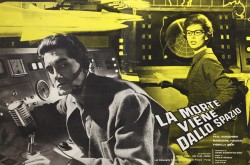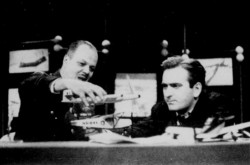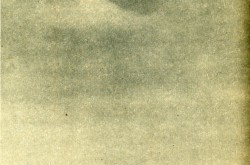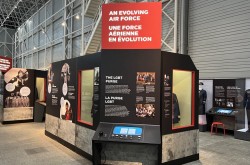One of the great combat aircraft of the 20th century and one of the many jewels of one of the most remarkable aviation and space museums on planet Earth: The Fokker D.VII and the airplane of the Canada Aviation and Space Museum

Greetings, my reading friend, and welcome to the wonderful world of aeronautics and astronautics. Yours truly would very much like to offer you a peroration, if not quite a pontification, on one of the most famous combat aircraft of the 20th century – an aircraft acquired in February 1971 by what was then the National Aeronautical Collection, today’s Canada Aviation and Space Museum, in Ottawa / Rockcliffe, Ontario. (Hello, EG!)
The story of the Fokker D.VII was / is inseparable from that of Anton Herman Gerard “Tony / Anthony” Fokker, the son of a wealthy Dutch planter with land in the Nederlandsch Indië, or Dutch East Indies, today’s Indonesia, a Dutch colony at the time. Fokker was actually born there, in April 1890.
Fascinated by aviation like many young men, and many young women, of his day, Fokker set up shop near Berlin, German Empire, in 1912, and began to produce airplanes. His firm, Fokker Flugzeugwerke Gesellschaft mit beschränkter Haftung, kept at it even after the start of the First World War, and this despite the fact that the Netherlands remained neutral right until the end of the conflict. This being said (typed?), Fokker apparently had to become a German citizen.
The E series of monoplanes produced in 1915-16 for the German army air service, or Luftstreitkräfte, were the very first fighter planes to go into service. A later design, the D.VII, the topic of this article, was far more successful.
Fokker’s name became so closely intermeshed with the German war effort that, even after the conflict, some / many individuals and firms in the United Kingdom and France did not want to see their names associated with his in any way, shape or form. This being said (typed?), the welded steel tube fuselage and thick plywood covered wings used on the D.VII inspired many North American and European aeronautical engineers.
Before going any further, let it be noted that many versions of the Fokker D.VII’s history have been published. They both complement and contradict each other.
This being said (typed?), the story of the Fokker D.VII began around September 1917 when the de facto chief engineer at Fokker Flugzeugwerke, Reinhold Platz, set out to design a new single-seat fighter plane. Known as the V 11, this biplane apparently flew for the first time in January 1918. Fokker test flew the airplane himself and deemed it dangerous to fly. A friend of his, the most celebrated fighter pilot in the German Empire, Manfred Albrecht von Richthofen, also known as the Red Baron / Red Knight / Diable rouge, came to a similar conclusion after taking the V 11 for a spin. By then, though, construction of a modified V 11 had apparently begun.
It so happens that Fokker had known for some months that the Luftstreitkräfte was planning to hold a single seat fighter plane competition, the first of its kind ever organised by this service. He very much wanted to win. The V 11s were only 2 of the 8 prototypes representing 6 types that Fokker submitted for the competition. All in all, 24 or so airplanes representing 16 types were tested in January and February 1918. No less than 8 firms hoped to win big.
Indeed, it looks as if more or less all of them spent sizeable sums of money to… entertain Luftstreitkräfte officials and pilots. This being said (typed?), Fokker’s friendly relationships with many pilots gave him a clear advantage. Von Richthofen, for example, openly promoted the Fokker biplane.
While it is true that the Luftstreitkräfte had planned to order 2 fighter planes, one powered by an inline engine and one powered by a rotary engine, one could argue that the improved V 11 won the competition hands down. The rotary-powered Fokker V 13, later known as the D.VI, was produced in very small numbers, though.
Here at last was the fighter plane, meaning the V 11, which could wrench control of the sky away from the high performance machines flown by the Aéronautique militaire, the Royal Flying Corps and the Royal Naval Air Service – machines like the Royal Aircraft Factory S.E.5, a type found in the great, really great collection of the Canada Aviation and Space Museum.
The Luftstreitkräfte quickly placed production orders for the V11, now known as the Fokker D.VII, both with Junkers-Fokker Aktiengesellschaft, a firm born of the 1917 gunshot wedding of the aeronautical division of Junkers und Company and of Fokker Flugzeugwerke, and a rather more important airplane maker, Albatros Flugzeugwerke Gesellschaft mit beschränkter Haftung. It is possible that the Luftstreitkräfte considered the possibility of having a third firm, Allgemeine Elektricitäts Gesellschaft, join the production programme.
Equally impressed by the new fighter plane, the Austro-Hungarian army air service, or Kaiserliche und Königliche Luftfahrtruppen, placed orders of its own with Fokker Junkers-Fokker and 2 local firms, Österreichisch-Ungarische Flugzeugfabrik Aviatik Gesellschaft mit beschränkter Haftung and Magyar Általános Gépgyár Részvénytársaság.
The first production D.VIIs began to reach frontline fighter units in April 1918. As was customary within the Luftstreitkräfte, the Richthofen “flying circus,” in other words the unit in which the Red Baron flew, got the new airplane first. Within that unit, pilots with the greatest number of enemy airplanes destroyed, the aces, got first pick. As time went by, other units of the Luftstreitkräfte began to fly D.VIIs in combat.
Some airplanes were also delivered to the Kaiserliche und Königliche Luftfahrtruppen and the Ottoman Empire’s Kuva-yi Havaiye Müfettiş-I Umumilliği. Bulgaria’s Vŭzdukhoplavatelna Druzhina seemingly got a few D.VIIs but did not use them before this country had to sue for peace.
All the pilots soon discovered that the D.VII was both easy to fly and forgiving of mistakes, even at high altitude where a version fitted with a boosted engine performed supremely well. Visibility was good and the airframe was robust. It has been suggested that the D.VII, easily controllable as it was under almost any condition, could turn a mediocre fighter pilot into a good one and a good one into a virtuoso.
While the D.VII was neither the fastest nor most agile fighter plane on the Western Front, or elsewhere, between April and November 1918, only 7 months (!?), it proved dangerously effective in aerial combat. If truth be told, the D.VII was undoubtedly one of the best fighter planes of the First World War. It was arguably the best fighter plane fielded in any great number by the Luftstreitkräfte.
Over the past decades, the D.VII has gained a near legendary status within aviation enthusiast circles, a situation all the more remarkable given the fact that its main combat career lasted but 7 months.
All in all, it looks as if Fokker produced slightly more than 800 D.VIIs. The two factories operated by Albatros Flugzeugwerke may have built between 700 and 1 200 airplanes. Production in Austria-Hungary was just getting under way when the 11 November 1918 Armistice was signed. It looks as if 50 D.VIIs or so were delivered in late 1918 and early 1919, for a grand total of 1 550 to 2 050 airplanes.
Luftstreitkräfte units had about 775 D.VIIs by the time the Armistice was signed. All in all, the total number of airplanes built, delivered or flown in combat will never be known.
The combination of respect and dread that the D.VII inspired was such that the article of the Armistice agreement which listed items that were to be immediately handed over to the Allies specifically mentioned this airplane, and no other, by name.
The signing of the Armistice did not exactly take the wily Fokker by surprise. He had in fact anticipated the German Empire’s collapse. Better yet, Fokker had made plans to return to the Netherlands. He began by selling a number of properties and paying the taxes he owed the German government. Fokker then set out to organise a massive smuggling operation. He started this by hiding airframes and engines, complete airplanes even, in any place he could find near his factory.
Having bribed railroad officials and frontier guards, Fokker got 6 trains through the German-Dutch border which carried more than 225 airplanes, including one hundred or so D.VIIs, as well as 400 aeroengines, not to mention raw materials and, perhaps, production tooling. Fokker’s personal fortune was smuggled out of Germany as well. As a result, he was able to set up shop in the Netherlands remarkably quickly.
This truly great story appears to be one of the many tall tales told over the years by Fokker, a brave flyer and bold liar if one may be permitted such a strong expression. In truth, it looks as if the trains left Germany with the (tacit?) approval of the Inter-Allied Aeronautical Commission of Control. Having said this, it is quite likely that Fokker had to bribe a number of people in order to arrange the trains and get them through the border. How Fokker’s money left Germany is another matter altogether.
While Fokker was listed as its sole director, the new firm he founded in July 1919, Naamloze Vennootschap Nederlandsche Vliegtuigenfabriek, was not named after him. It proved remarkably successful though, developing numerous military and civilian aircraft during the interwar years. Said aircraft were used both in the Netherlands and, even more so, abroad.
The Universal and Super Universal light transport / utility / bush airplanes designed and produced in the 1920s by American subsidiaries, Atlantic Aircraft Corporation / Netherlands Aircraft Manufacturing Company / Fokker Aircraft Company / Fokker Aircraft Corporation of America for example, proved rather popular in Canada.
A Dutch-born engineer who worked for these firms, a gentleman mentioned in January 2019, May 2019 and February 2020 issues of our blog / bulletin / thingee, Robert Bernard Cornelius “Bob” Noorduyn, developed the first entirely Canadian bush airplane, the very successful Noorduyn Norseman, in 1934-35.
Would you believe that the stupendous collection of the Canada Aviation and Space Museum includes a Norseman as well as the remains (wreckage?) of a Universal?
By the mid-1930s, barely a handful of D.VIIs were still flying with a few air forces.
This being said (typed?), both former Luftstreitkräfte machines disposed of by the Allies and airplanes moved to the Netherlands after the war proved very popular in the early 1920s. The main users were apparently Belgium, Canada (Canadian Air Force in the United Kingdom), Hungary, Netherlands, Poland, Romania, Switzerland, United States and Union of Soviet Socialist Republics (USSR). A few D.VIIs are also said to have flown in Czechoslovakia, Denmark, Finland, Germany (clandestine air force in the USSR), Latvia, Lithuania and Sweden.
In some cases, the D.VIIs were converted into unarmed 2-seat advanced training planes.
Intriguingly, a small firm in Switzerland, Alfred Comte Schweizerische Flugzeugfabrik Aktiengesellschaft, built 8 brand new D.VIIs in 1928-29, for the Flieger- und Fliegerabwehrtruppen / Troupes d’aviation et de défense contre avions of the Schweizer Armee / Armée Suisse.
Did you know that Canada received 20 or so (21 or 22?) ex- Luftstreitkräfte D.VIIs as war prizes / trophies, in 1919, almost of them Albatros Flugzeugwerke-built airplanes? Even though a number of these were flown at least briefly in this country, by pilots of the Canada-based Canadian Air Force, all but a handful had been destroyed by the end of 1921.
By then, 6 of the surviving D.VIIs had been sent to universities across Canada:
- Acadia University, in Wolfville, Nova Scotia,
- University of Alberta, in Calgary, Alberta,
- University of Manitoba, in Winnipeg, Manitoba,
- McGill University, in Montréal, Québec,
- Mount Allison University, in Sackville, New Brunswick, and
- University of Saskatchewan, in Saskatoon, Saskatchewan.
They too were eventually dismantled, scrapped or otherwise destroyed, some of them rather quickly indeed.
Another D.VII, however, ended up in Knowlton, a small town now located within Lac-Brome, Québec, in a museum operated in 2021 by the Brome County Historical Society. That airplane is still with us. It is one of the 7 Fokker D.VIIs left in the world – and 1 of 2 in Canada.
These 7 survivors can be found…
- in the United States, at the National Air and Space Museum, in Washington, District of Columbia,
- in the United Kingdom, at the Royal Air Force Museum, in London, England,
- in the Netherlands, at the Militaire Luchtvaart Museum, in Soest,
- in Germany, at the Deutsches Museum, in Munich,
- in France, at the Musée de l’air et de l’espace, in Paris, and
- in Canada, at the aforementioned Canada Aviation and Space Museum and the Brome County Museum.
Would you care for some information on the world famous Knowlton Fokker, my reading friend? And yes, this was indeed a rhetorical question.
The D.VII on display in Knowlton is arguably the most famous Fokker airplane in the world. Known to many aviation museum people and enthusiasts as the Knowlton Fokker, this machine is the most authentic airplane of this type, if not the most authentic First World War airplane, anywhere in the world.
This D.VII is also, with 2 airplanes of the stupendous collection of the Canada Aviation and Space Museum, i.e. the AEG G.IV twin-engined bomber and the Junkers J.I armoured single-engined observation / attack plane, one of the few survivors among the 36 or so German airplanes shipped to Canada as war prizes / trophies back in 1919.
Would you believe that one or more German floatplanes were to be donated to Canada? Indeed, one has to wonder if it / they did not, in fact, reached these shores – only to disappear forever.
Sadly, the First World War career of the Knowlton Fokker was / is very much unknown. One thing is sure though. Contrary to a local legend dating from the 1950s or earlier, the airplane was not shot down by George Buchanan Foster, a Canadian fighter pilot from Montréal whose father was senator George Greene Foster. Nor is it true that the young pilot somehow got a hold of the airplane in late 1918 or early 1919 and had it shipped back home, presumably with the help of his father. Nor is it true, finally, that Foster flew the D.VII around Montréal in 1919 before turning it to the museum in Knowlton.
The truth is that, within weeks of the November 1918 Armistice, Foster senior, who should not be confused with George Eulas Foster, a high status politician who served as acting prime minister when Robert Laird Borden fell ill, in 1920, contacted the Director of War Trophies and Dominion Archivist, Arthur George Doughty. Writing “on behalf of the Corporation of Knowlton”, Foster senior, who was born there, asked “for souvenirs of the war as we may fairly be entitled to.”
In the United Kingdom, the Royal Air Force transferred in February and March 1919 the aforementioned 20 or so D.VIIs to the recently formed Canadian Air Force. The original plan was to ship the whole kit and caboodle to Canada. Convinced that the D.VII was superior to the British fighter plane they were using, however, Canadian aviators flew the German airplanes quite extensively. One of the D.VIIs in question was none other than the very airplane currently on display in Knowlton.
As things turned out, this D.VII was shipped to Canada in June 1919, aboard a Canadian Pacific Ocean Services ship, the SS Batsford. According to the published account of the annual meeting of the Brome County Historical Society, held in August, Foster senior reported that “he had secured one of the large German airplanes captured during the war.” The D.VII was duly shipped from the military base of Camp Borden, Ontario, to Knowlton, in May 1920.
Interestingly, it looks as if the Brome County Historical Society had to pay more than $ 100 in shipping fees – that is approximately $ 1 450 in 2021 currency, which is not that bad.
In any event, the airplane was unveiled by former Prime Minister Borden, in August 1921.
The D.VII has been on display ever since, in the Martin Annex of the Brome County Museum. Completed in 1921 to house its collection of military material, this annex was paid for by Zelotes Earl “Z.E.” Martin, a former student of a local school, the Knowlton Academy, and president of a subsidiary of American paint and coating giant Sherwin-Williams Company, the American firm Martin-Senour Paint Company. His son, Wells Martin, had seen action as a pilot (?) during the First World War and had lived to tell the tale.
It has been suggested that, in 1927 or so, Howard Robard Hughes, Junior, or an individual associated with him offered the Brome County Historical Society a rather large sum of money for the D.VII in order to use it during the filming of Hell’s Angels, a classic if hugely expensive aviation movie Hughes himself was producing. The society politely turned down the offer.
And yes Hughes was mentioned several / many times in our you know what since October 2017.
It has also been suggested that, before 1922, the D.VII was fitted with ailerons removed from another airplane, the D.VII sent to Mount Allison University.
If truth be told, the D.VII has left Knowlton on one occasion over the past century. This came as a result of long negotiations between the president of the Brome County Historical Society, Harry Ball Shufelt, and the head of the Historical Section of the Royal Canadian Air Force (RCAF), Ralph Viril Manning.
The whole thing actually began in the spring of 1962 when the secretary / curator of the Canadian War Museum (CWM), in Ottawa, Lee F. Murray, contacted the society, on behalf of Manning, to see if it might willing to loan the D.VII so that it could be displayed with other historic airplanes belonging to the CWM and the RCAF at an Air Force Day exhibition to be held in June, at Ottawa / Rockcliffe. Shufelt accepted the offer but June came and went before the airplane could be moved.
Do I need to remind you that Manning was mentioned in an October 2020 issue of… All right, all right. Calm down.
Manning and Shufelt decided to have another kick at the can in 1963. Cognisant of the fact that some First World War era airplanes belonging to the CWM had been restored at least in part by an RCAF repair depot in Trenton, Ontario, Manning decided to turn the D.VII over to that organisation, which would do the magic it did so well, in Ottawa / Rockcliffe. A team duly went to Knowlton in March 1963 in order to dismantle the airplane and transport it to Ottawa / Rockcliffe. Once there, though, the people involved realised that the condition of the old and brittle linen covering of the airplane was such that any repair work on it would require the full facilities of the depot. The D.VII was quickly moved to Trenton.
Even before it left, the chief scientific research conservator at the National Gallery of Canada, in Ottawa, Charles Mervyn Ruggles, provided highly valuable information on techniques used to preserve and restore old paintings, the idea being to keep as much of the original, First World War era fabric on the airplane as possible.
A gentleman mentioned several times in our blog / bulletin / thingee since July 2018, Kenneth Meredith “Ken” Molson, founding curator of the National Aviation Museum, as the Canada Aviation and Space Museum was then known, was consulted as well.
As things turned out, only urgently needed repairs were made to the fabric covering of the D.VII. There was no time for more. Even so, the airplane was definitely a star attraction when put on display both in Trenton and in Ottawa / Rockcliffe, on Air Force Day, in June 1963. The D.VII returned to Knowlton soon after. Little in the way of conservation work has been done on the airplane since that time.
Over the years, a number of organisations, often American, contacted the Brome County Historical Society to see if it might be willing to sell the D.VII.
In more recent years, some trustees of the society openly suggested that this famous airplane be sold in order to bring a sizeable sum of money in its coffers and make possible the display of items locked away in storage for decades. Displays could be thoroughly modernised and the museum would be able to run for years without having to raise more money. As well, said they, the Fokker did not fit the mandate of the society which was / is to preserve and display items relevant to the history of Brome county.
By the late 1990s or early 2000s, disagreements reached such a level that several trustees chose to resign.
By then, the D.VII was showing signs of deterioration. Even more troubling was the fact that the Martin Annex that housed the airplane had no climate control system, and no fire protection system worth speaking (typing?) of.
Canada Aviation and Space Museum representatives went to Knowlton during the 2010s in order to discuss the possible sale of the D.VII. Negotiations soon came to a dead stop. As of 2021, the Knowlton Fokker was still in Lac-Brome, and…
What is it, my reading friend? You wish to know more about the D.VII on display at the Canada Aviation and Space Museum? Be still my heart!
Sorry.
The museum’s D.VII was built by Junkers-Fokker. A very late production airplane, it was probably seized by the Allies before it left the factory. This D.VII was almost certainly among the 140 or so airplanes of this type acquired by the United States and briefly used by the United States Army Air Service.
Like most if not all other survivors, the airplane was eventually sold to a civilian user. Sometime thereafter, its German engine was replaced by an American engine. Like all civilian aircraft in the United States, the D.VII carried no civil registration until 1927. It seemingly made several appearances in late 1920s and / or early 1930s Hollywood movies, like the aforementioned Hell’s Angels of 1930.
At some later point, the D.VII was bought by 2 Americans and put in storage. Months, then years went by.
In 1970-71, a fine gentleman mentioned several times in our yadda yadda since February 2018, Robert William Bradford, curator of the National Aeronautical Collection, as the Canada Aviation and Space Museum was then known, heard that the D.VII would be put up for sale by its surviving owner. By that time, it was one of the 7 airplanes of this type left in existence and the only one in private hands.
Given the importance of the D.VII in the history of First World War aviation, if not military aviation in general, Bradford went to see it. He soon bought the airplane and had it shipped to Canada. The D.VII thus became the first “enemy” airplane to be actively sought by the National Aeronautical Collection, rather than passed on to it as had been the case with the aforementioned G.IV and J.I shipped to Canada in 1919.
A close look at the airplane revealed its long forgotten identity. This in itself proved interesting. The new acquisition was apparently the only Junkers-Fokker-built D.VII left in the world. Equally interesting was / is the fact that photos of airplanes built at the same time were known to exist, which was not the case for the National Aeronautical Collection’s D.VII. Such photos would prove very useful during restoration.
Busy with another project, though, the management of the National Aeronautical Collection sent the D.VII to the United States, where an individual was to thoroughly restore it. Progress was slow, however, and the airplane was only partly and imperfectly done when it came back, in 1974.
National Aeronautical Collection staff soon began to restore the wings of the D.VII but had to put their tools aside in 1975 when work on a construction project, the largest and longest in the history of what is today the Canada Aviation and Space Museum, that of a Curtiss HS-2L flying boat, began in earnest. This was somewhat unfortunate given that, earlier in the year, the National Aeronautical Collection had completed an exchange (with the Engineering Faculty of the University of Manitoba?) and obtained the engine of the D.VII donated to that university back in 1920.
For all intent and purposes, the D.VII was not touched between the mid 1970s and the mid-2010s.
The D.VII was sent to The Vintage Aviator Limited (TVAL), in New Zealand, in mid-2016, as part of a larger deal involving this First World War era aircraft fabrication and restoration firm.
TVAL’s expert staff turned the D.VII into a magnificent airplane you saw at the beginning of this article.
The rebuilt / restored airplane arrived in Ottawa / Rockcliffe in December 2018. It went on display in the spring of 2019.
And yes, TVAL is owned by famous New Zealand movie director, producer and scriptwriter Sir Peter Robert Jackson, a gentleman mentioned in a November 2018 issue of our blog / bulletin / thingee.
This writer wishes to thank all the people who provided information. Any mistake contained in this article is my fault, not theirs.
Mihi mo inaianei / auf wiedersehen für jetzt.















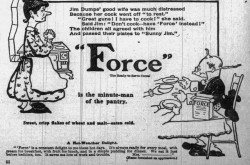
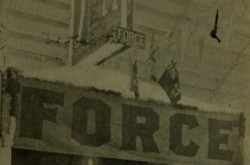
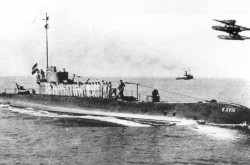
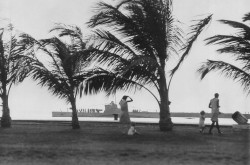
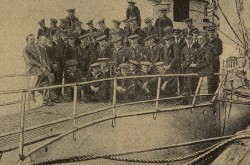
![A block of photographs showing some of the people involved in the bombing of beluga whales in the estuary and gulf of the St. Lawrence River. Anon., “La chasse aux marsouins [sic]. » Le Devoir, 15 August 1929, 6.](/sites/default/files/styles/thumbnail_7/public/2024-09/Le%20Devoir%2015%20aout%201929%20page%206.jpg?h=584f1d27&itok=TppdLItg)
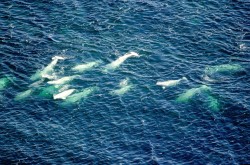
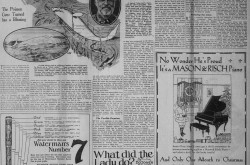

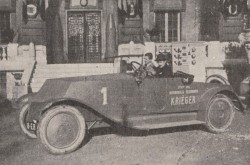
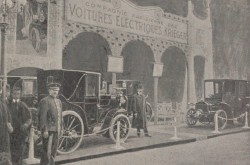
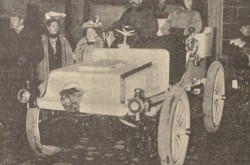
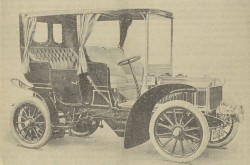

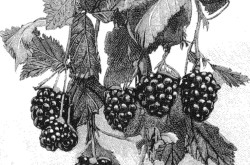
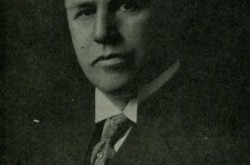
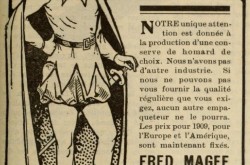
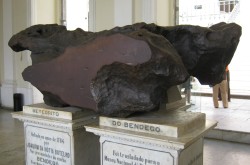
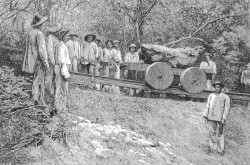
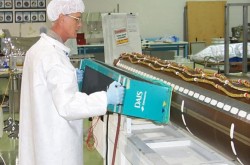

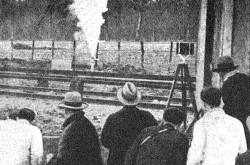
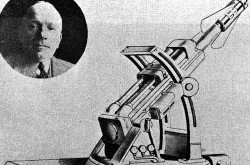
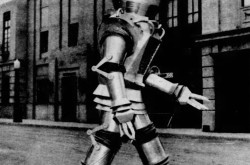

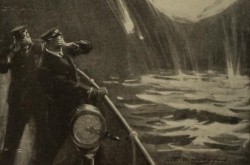
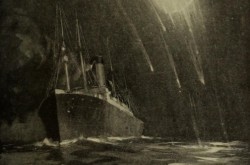
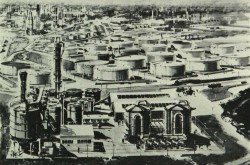

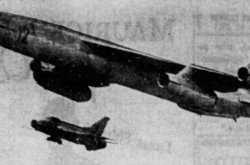
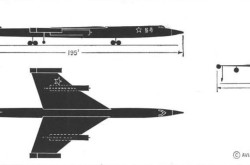
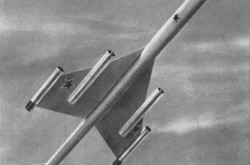
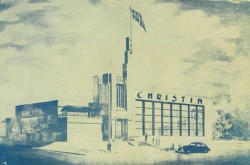
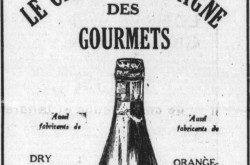
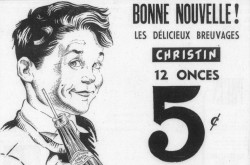
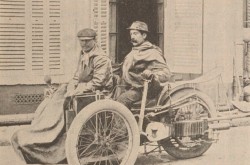
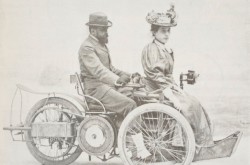
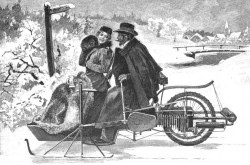
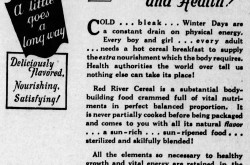

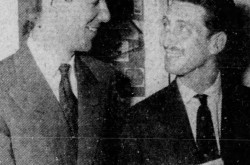
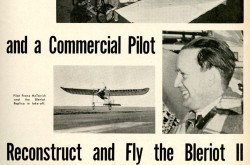
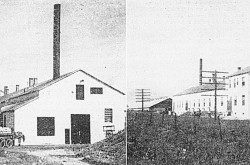
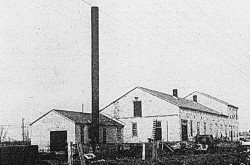



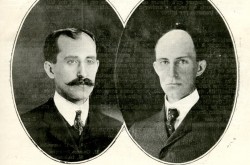

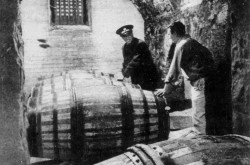
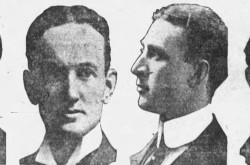
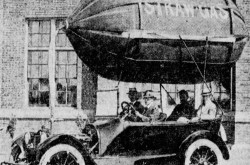
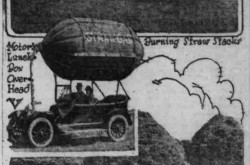
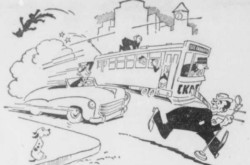

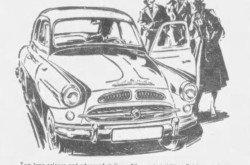
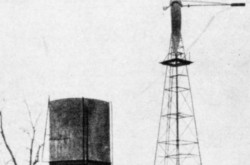
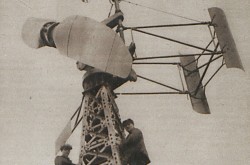
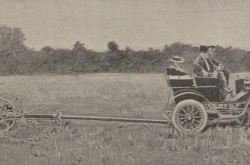

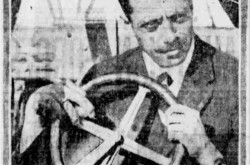
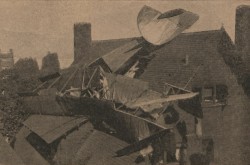
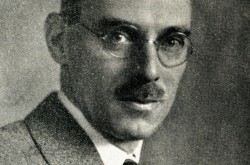
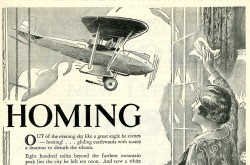
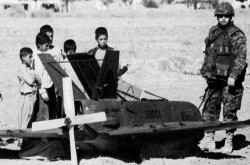
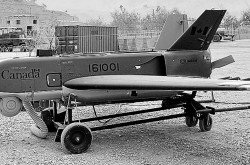
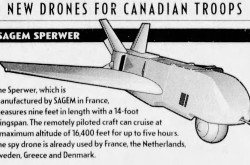
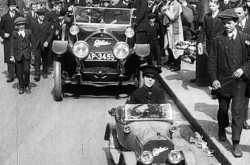
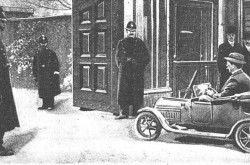
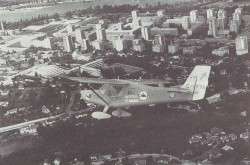
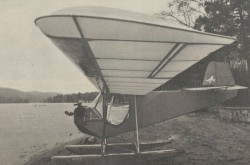

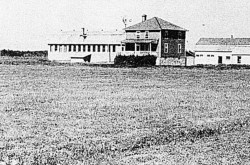
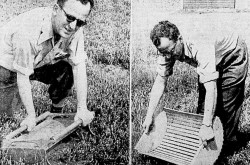
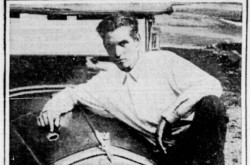
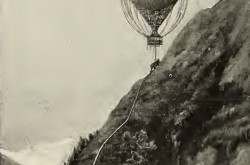
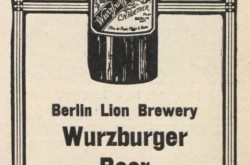

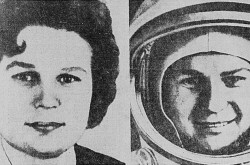
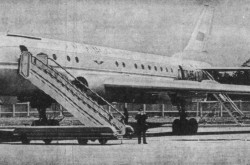
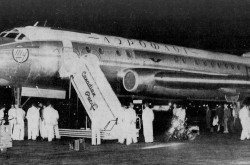
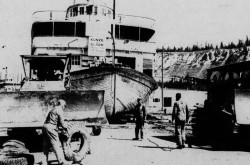
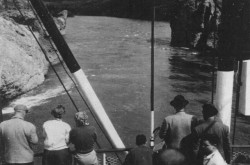
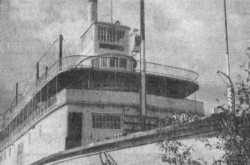
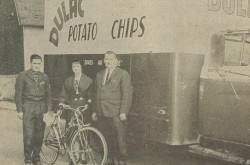
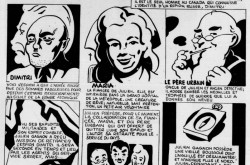
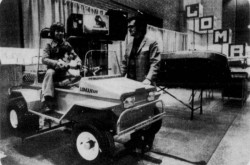
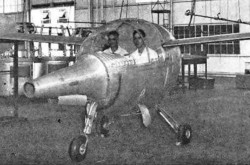
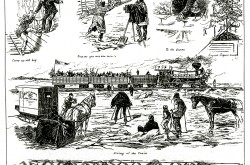
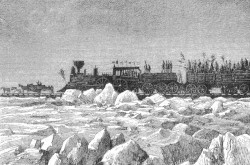
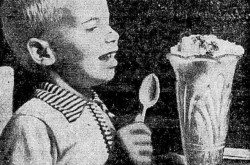
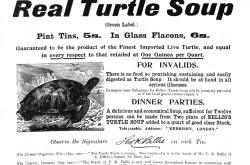
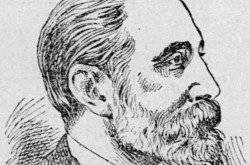
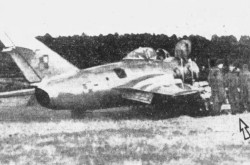
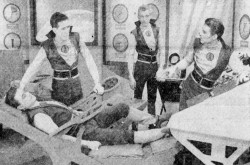
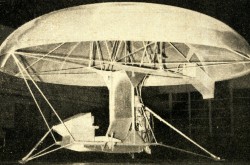
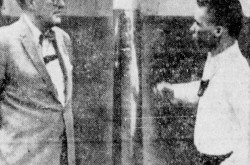
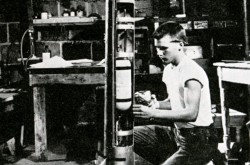
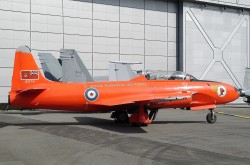
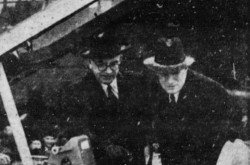
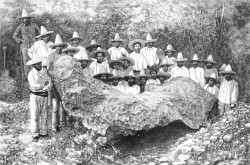
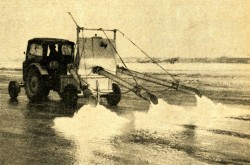
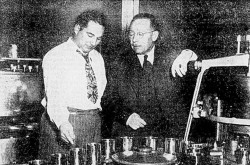
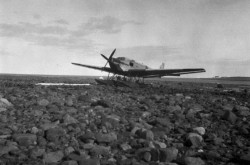
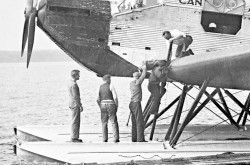
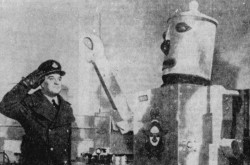
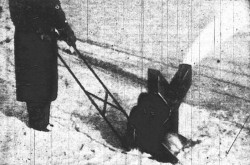
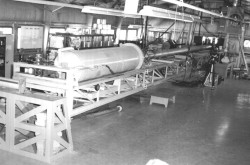
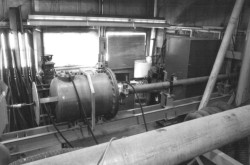
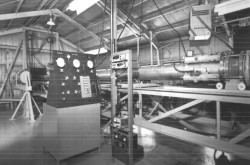
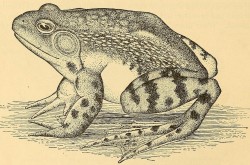
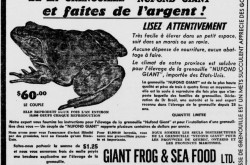
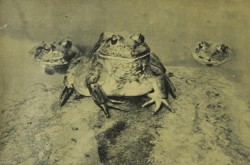
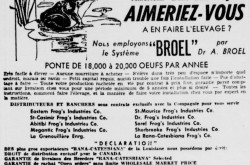
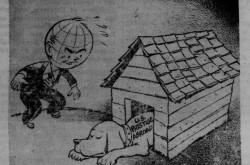
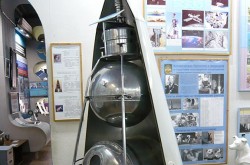
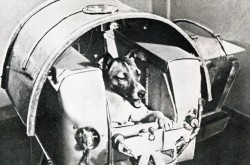
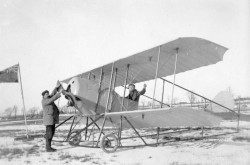
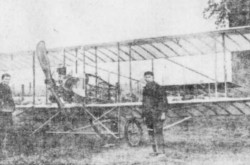
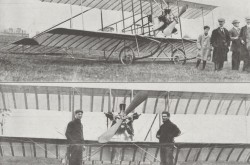
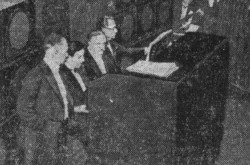
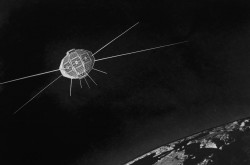
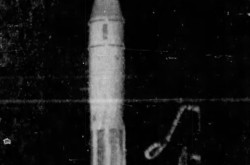
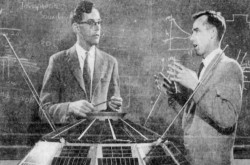
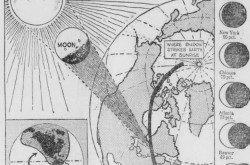



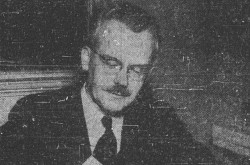
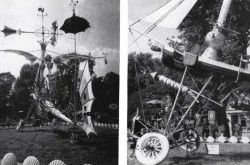
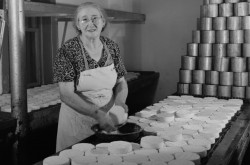
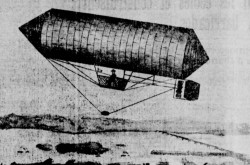
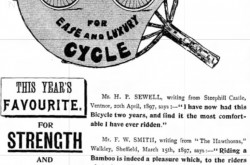
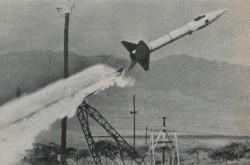
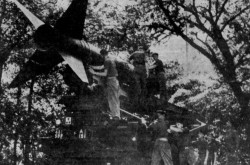
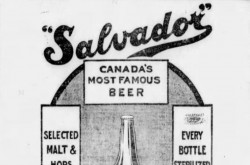

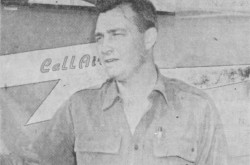
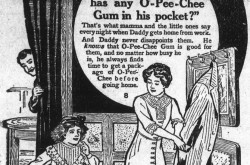
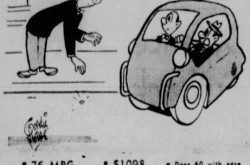
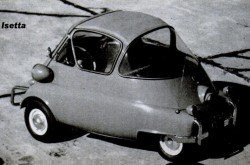
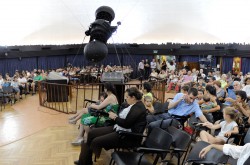
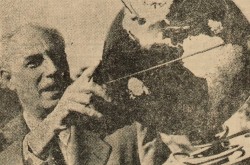
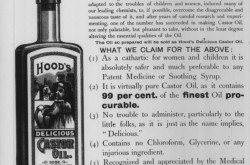
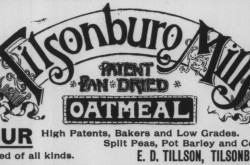
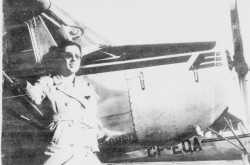
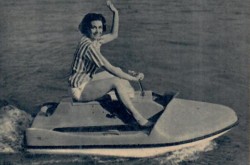

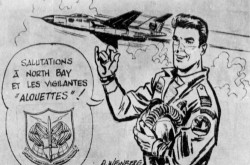
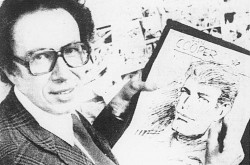
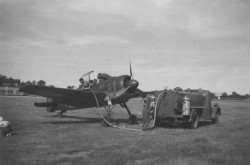

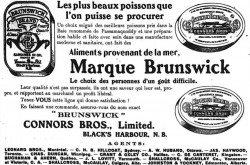


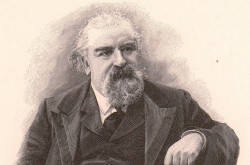
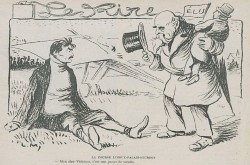
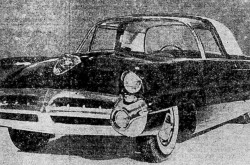
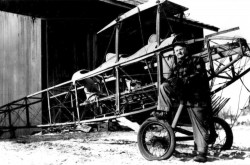
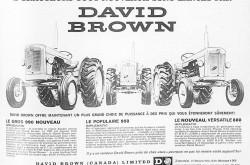
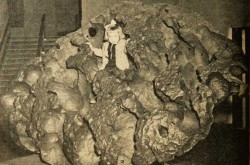
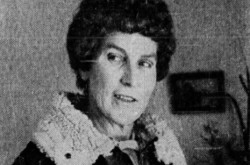
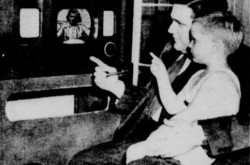
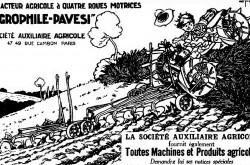
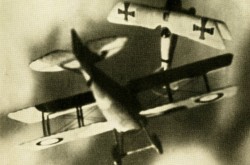
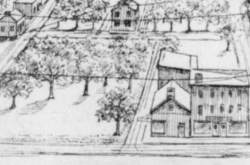
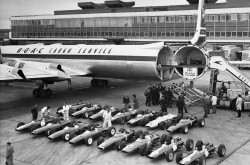
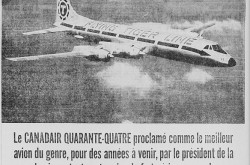
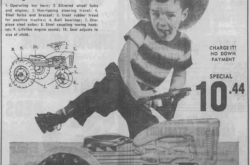
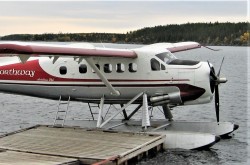
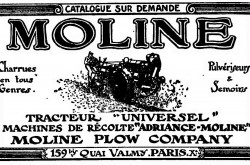
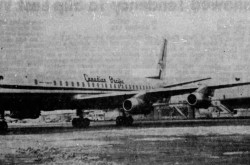
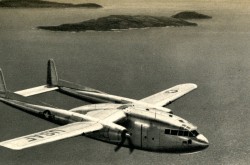
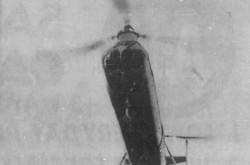

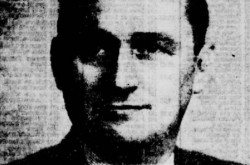
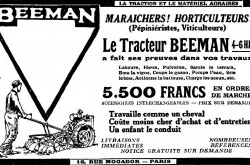
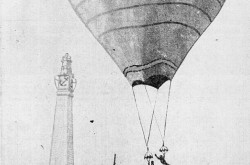

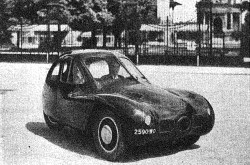
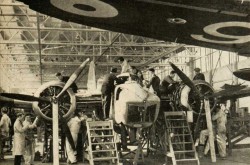
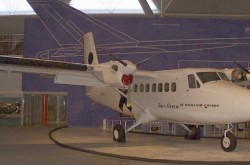
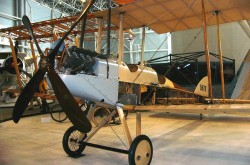
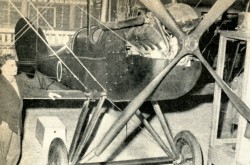

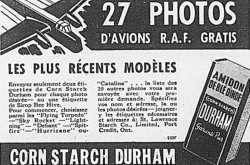

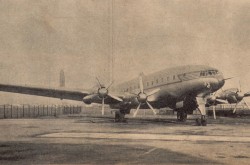
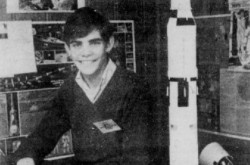
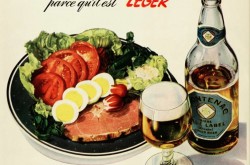
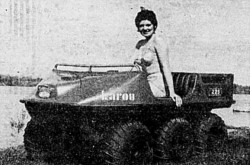
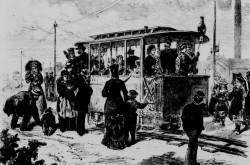
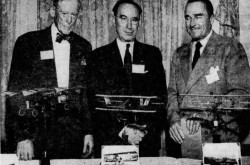
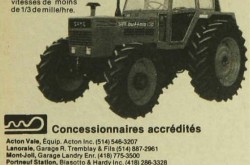
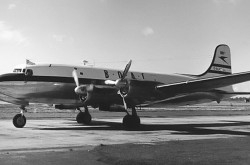
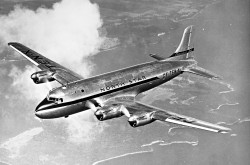
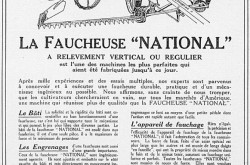
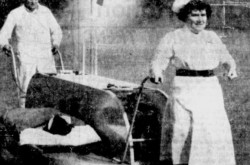
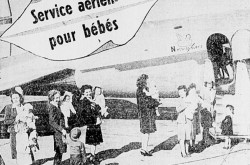
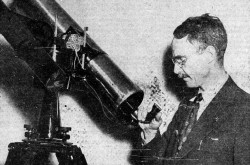
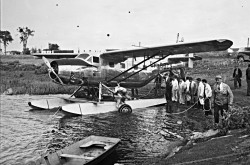
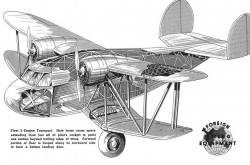
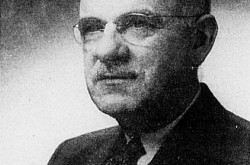
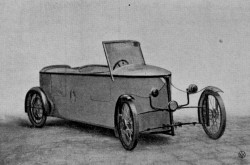
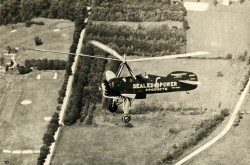
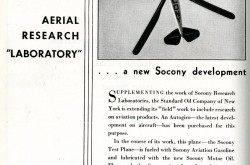
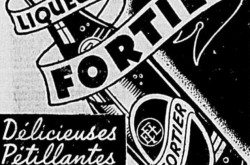
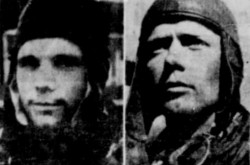
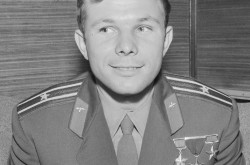
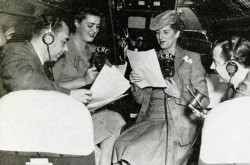
![Peter Müller at the controls [sic] of the Pedroplan, Berlin, Germany, March 1931. Anon., “Cologne contre Marseille – Le mystère du ‘Pédroplan.’ [sic]” Les Ailes, 2 April 1931, 14.](/sites/default/files/styles/thumbnail_7/public/2021-04/Les%20Ailes%202%20avril%201931%20version%20big.jpg?h=eafd0ed4&itok=WnBZ5gMf)
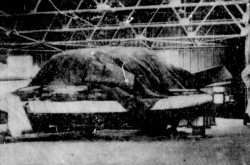
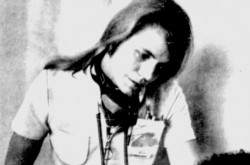
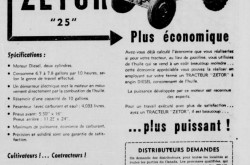
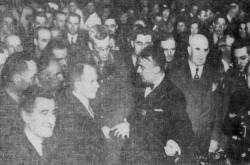
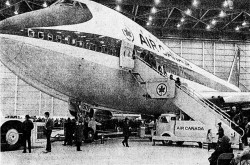
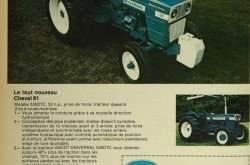
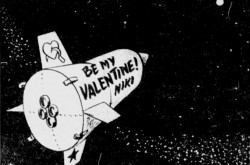
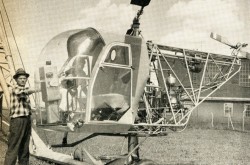

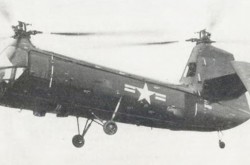
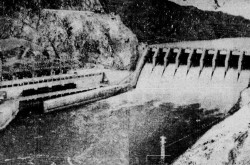
![One of the first de Havilland Canada Chipmunk imported to the United Kingdom. Anon., “De Havilland [Canada] DHC-1 ‘Chipmunk.’” Aviation Magazine, 1 January 1951, cover.](/sites/default/files/styles/thumbnail_7/public/2021-01/Aviation%20magazine%201er%20janvier%201951%20version%202.jpg?h=2f876e0f&itok=DM4JHe5C)
